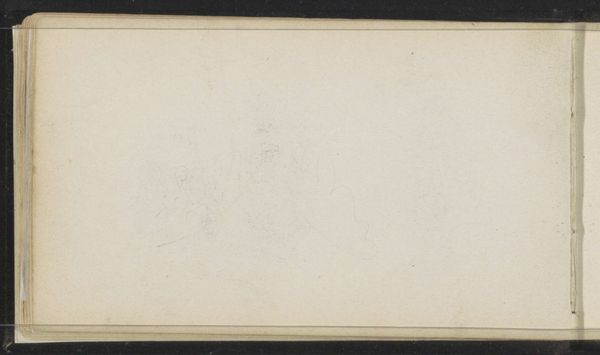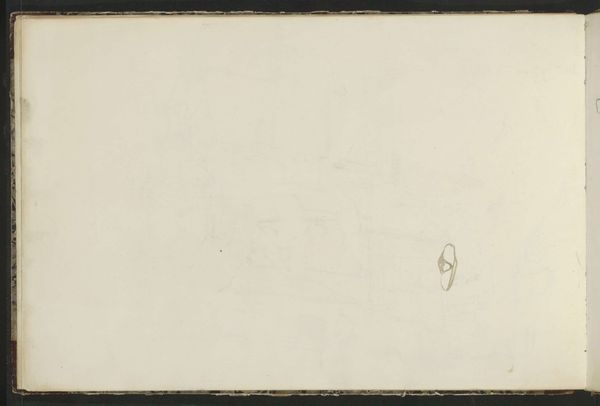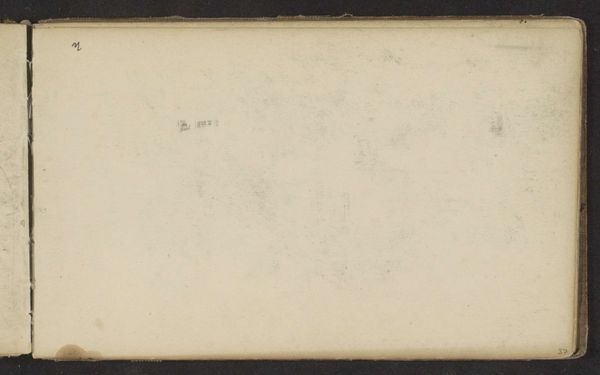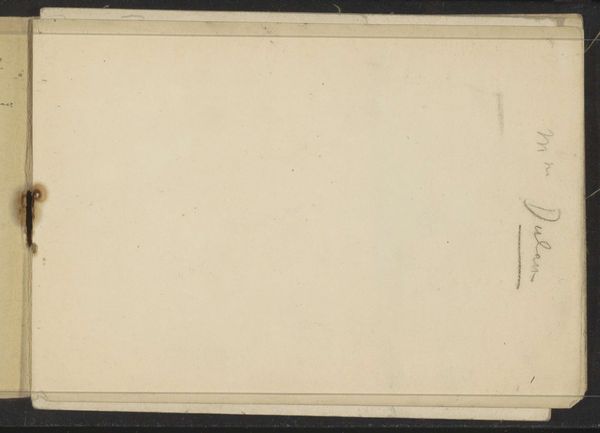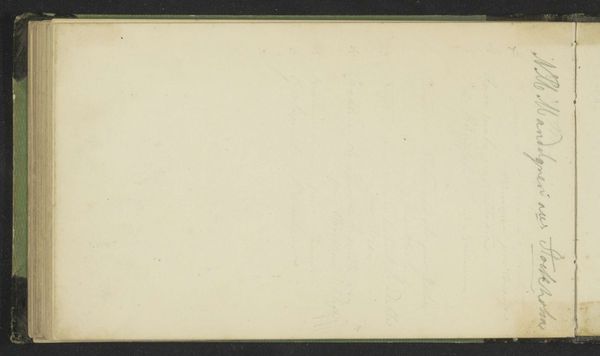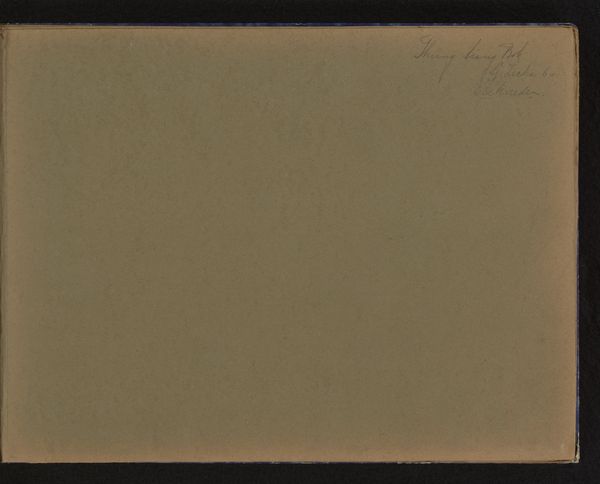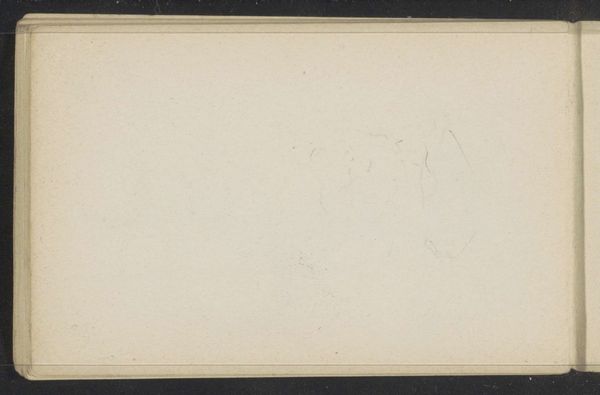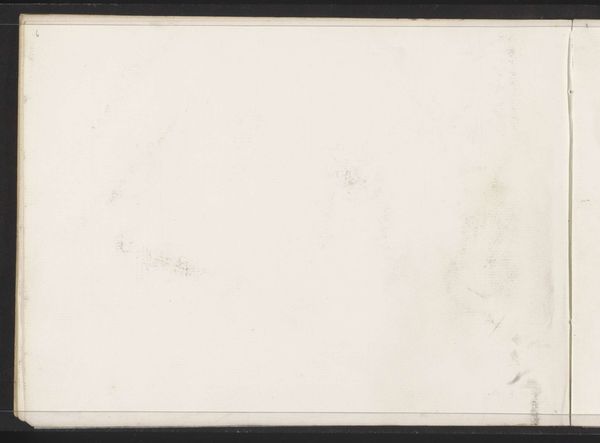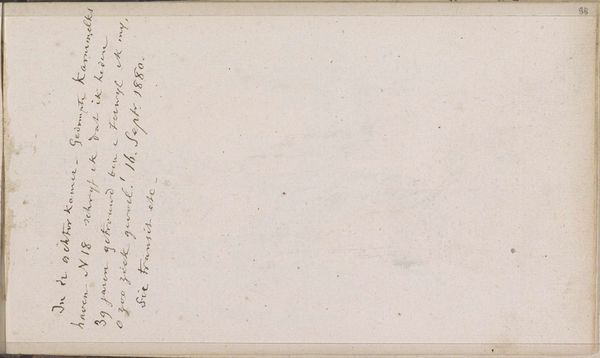
drawing, paper, ink
#
drawing
#
landscape
#
paper
#
ink
#
romanticism
Copyright: Rijks Museum: Open Domain
This sketchbook, made by Hendrik Abraham Klinkhamer, probably in the mid-19th century, invites us to consider the relationship between handcraft and industrial production. The book itself, with its carefully bound pages, represents a tradition of craftsmanship. Paper-making, bookbinding, and penmanship were skilled trades, essential for communication, commerce, and creative expression. Yet, the very existence of this sketchbook also hints at broader social and economic shifts. The rise of industrial capitalism created a market for leisure activities, and the materials to pursue them. Klinkhamer's drawings, whether quick sketches or detailed landscapes, depended on the availability of affordable paper and drawing implements. The artist’s ability to capture the world around him was directly linked to the products of industry. In this sense, the sketchbook is more than just a repository for artistic ideas; it’s a material artifact that embodies the complex interplay between craft, culture, and the forces of capitalism. By examining the materials and the making of this object, we can begin to appreciate the social and economic contexts that shaped its creation and use.
Comments
No comments
Be the first to comment and join the conversation on the ultimate creative platform.
